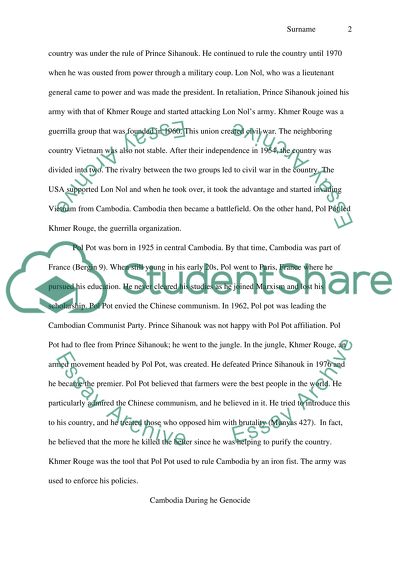Cite this document
(“Cambodian Genocide Essay Example | Topics and Well Written Essays - 1250 words”, n.d.)
Retrieved from https://studentshare.org/english/1458438-cambodian-genocide
Retrieved from https://studentshare.org/english/1458438-cambodian-genocide
(Cambodian Genocide Essay Example | Topics and Well Written Essays - 1250 Words)
https://studentshare.org/english/1458438-cambodian-genocide.
https://studentshare.org/english/1458438-cambodian-genocide.
“Cambodian Genocide Essay Example | Topics and Well Written Essays - 1250 Words”, n.d. https://studentshare.org/english/1458438-cambodian-genocide.


